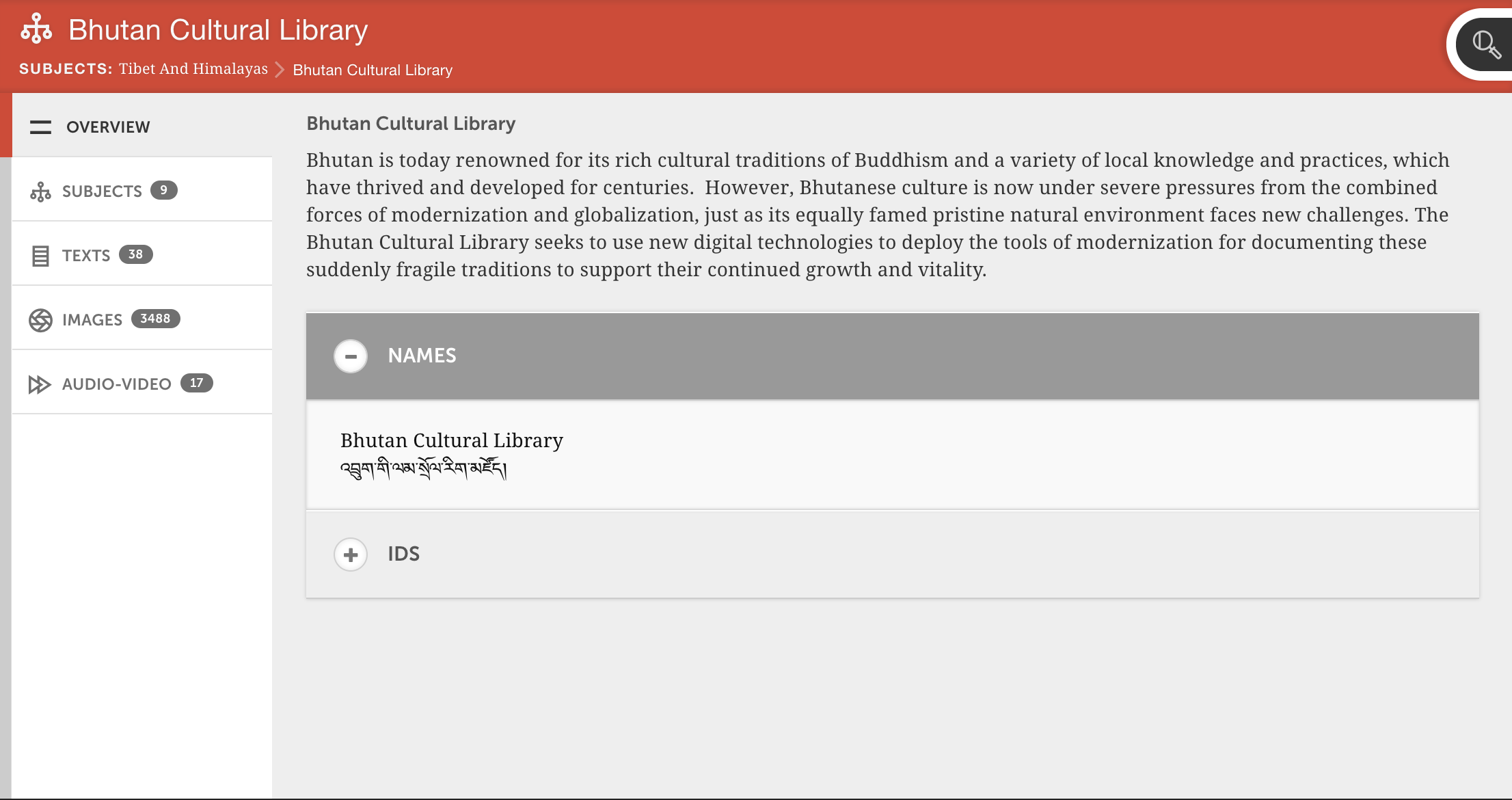Definition:
...
SHANTI developed Knowledge Maps to help you make annotated, hierarchical "maps" of areas of knowledge. A knowledge map is a hierarchical tree of labels, or terms.
You can contribute to existing terms or make your own. Currently, there are two types of Knowledge Maps: subjects and places. Each subject or place includes:
- one or more descriptions of the term
- resources across projects with the same label
To make a knowledge map, you first create a term in Subjects or Places. Then you label media from any of the Mandala tools with this term. You can represent terms in multiple languages, and each term can include descriptions with different authors.
In brief, Knowledge Maps lets you:
- represent of subjects of knowledge
Create your map by cataloguing your visualizations, essays, videos, and so on using terms that you create In addition to their utility as valuable reference resources for your own work, these "maps" can incorporate links to resources made by other projects
For example, if you want to document literary genres, or ritual traditions, or some other area of knowledge in a given culture, community, or time period, you can create a hierarchical representation of the relevant categories and subcategories down to as deep a level as you want. Each category can be represented in multiple linguistic forms and can be described and analyzed with multiple essays, each titled and attributed to their author
Find out what other scholars have been working on in a given category by clicking on that category
You can use existing categories, or create your own
All work and display is done online, and you can get up and going in ten minutes
If you are creating a project that matches any of the following primary use cases, Knowledge Maps might be right for you:
You want to represent and describe - an area of knowledge using a tree of categories and subcategories You want to
- index resources - images, audio-video, texts, etc. -
- according to multi-level
- a hierarchy of controlled vocabulary, and be able to
- then annotate that hierarchy
Example
Here's the Bhutan Cultural Library term from Subjects.
As you can see, the Knowledge Maps includes a description of the item alongside several thousand linked texts, images, sound and video. Clicking each link on the sidebar will show you a gallery of resources tagged with "Bhutan Cultural Library."
Related step-by-step guides:
- Subjects, Places, and Terms in MandalaFor specific examples of Knowledge Maps in use, visit the SHANTI Knowledge Maps page
